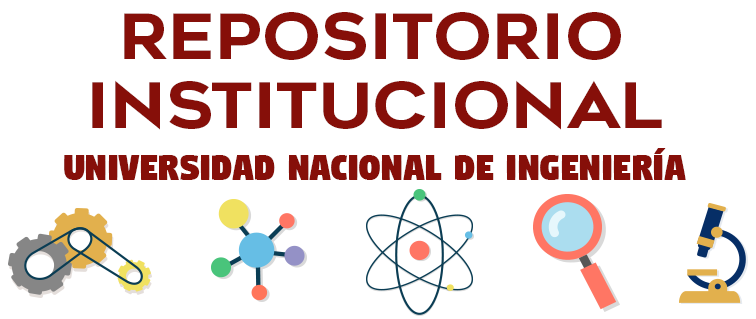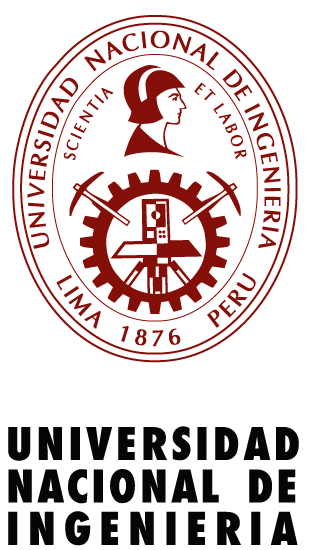Please use this identifier to cite or link to this item:
http://hdl.handle.net/20.500.14076/27933| Title: | Efecto del uso de revestimientos híbridos en la mejora del rendimiento operativo en un molino de bolas de mineral |
| Authors: | Castromonte Pari, Diego Artidoro |
| Advisors: | Yoplac Castromonte, Edwilde |
| Keywords: | Revestimientos;Molienda de minerales;Molino de bolas;Consumo de energía |
| Issue Date: | 2024 |
| Publisher: | Universidad Nacional de Ingeniería |
| Abstract: | La molienda de mineral es una etapa en el procesamiento de minerales cuya finalidad es la de reducir las partículas de mineral al tamaño requerido para la siguiente etapa del proceso. Por otro lado, el proceso de molienda constituye la etapa de mayores costos de operación de una planta concentradora, debido fundamentalmente a los altos consumos de energía en los molinos.
Tanto en la molienda semi-autógena (molienda SAG) como en la molienda convencional, los revestimientos en los molinos, además de recubrir y proteger la coraza del molino, influyen en el desempeño de la operación, identificándose como los factores principales: la geometría de diseño para el movimiento de la carga de los medios de molienda y los materiales de fabricación para la duración de este.
En el presente trabajo de suficiencia, se ha evaluado un factor adicional de influencia en la operación, el peso del revestimiento y su efecto en el consumo de energía con la finalidad de reducirla, para lo cual se estudió la operación de un molino de bolas, primero en la etapa con revestimientos de acero y luego con revestimientos híbridos (de caucho y acero). De esta manera, el estudio está orientado a medir este efecto, mediante el análisis de la función selección específica en ambos escenarios. Ore grinding is a stage in mineral processing whose purpose is to reduce the particle size to the size required for the next stage of the process. On the other hand, the grinding process is the stage with the highest operating costs in a concentrator plant, mainly due to the high energy consumption in the mills. In both semi-autogenous grinding (SAG milling) and conventional grinding, the liners in the mills, besides coating and protecting the mill shell, influence the performance of the operation, being identified as the main factors: the design geometry for the movement of the grinding media charge and the manufacturing materials for the duration of the same. In the present work of sufficiency, an additional factor of influence in the operation has been evaluated, the weight of the liner and its effect on the energy consumption with the purpose of reducing it, for which the operation of a ball mill was studied, first in the stage with steel liners and then with hybrid liners (rubber and steel). Thus, the study is oriented to measure this effect by analyzing the specific selection function in both scenarios. |
| URI: | http://hdl.handle.net/20.500.14076/27933 |
| Rights: | info:eu-repo/semantics/openAccess |
| Appears in Collections: | Ingeniería Metalúrgica |
Files in This Item:
| File | Description | Size | Format | |
|---|---|---|---|---|
| castromonte_pd.pdf | 3,08 MB | Adobe PDF | View/Open | |
| castromonte_pd(acta).pdf | 149,16 kB | Adobe PDF | View/Open | |
| informe_de_similitud.pdf | 658,09 kB | Adobe PDF | View/Open | |
| carta_de_autorización.pdf | 171,51 kB | Adobe PDF | View/Open |
This item is licensed under a Creative Commons License

Indexado por:



